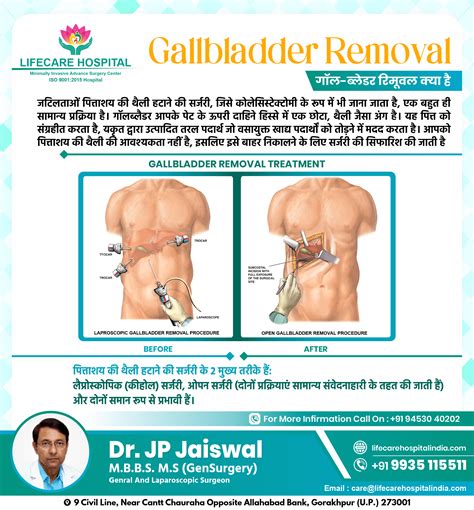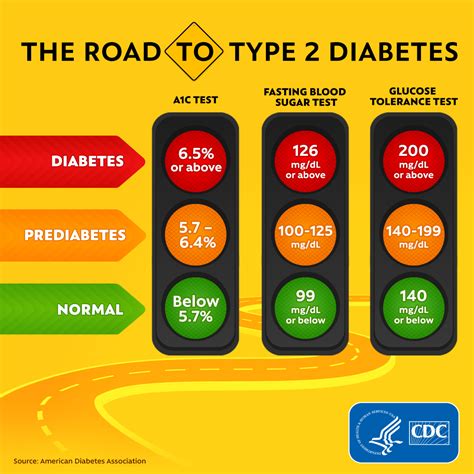The gallbladder, a small, pear-shaped organ located under the liver, plays a crucial role in the digestive process by storing bile, a fluid produced by the liver that helps break down fats. However, when this organ becomes diseased or inflamed, it can lead to severe abdominal pain, nausea, and vomiting, necessitating emergency surgery. Emergency gallbladder surgery, also known as a cholecystectomy, is a life-saving procedure that involves the removal of the gallbladder, usually performed when other treatments have failed or when the patient’s condition is critical.
Causes and Symptoms Leading to Emergency Gallbladder Surgery
Several conditions can lead to the need for emergency gallbladder surgery, including:
- Gallstones: These are small, hard deposits that can block the cystic duct, leading to severe pain and inflammation. If a gallstone blocks the common bile duct, it can cause jaundice, which is characterized by a yellowing of the skin and eyes.
- Cholecystitis: This is an inflammation of the gallbladder, often caused by gallstones. It can lead to severe pain, fever, and tenderness in the upper right abdomen.
- Gallbladder rupture: Although rare, a ruptured gallbladder is a medical emergency that requires immediate surgical intervention to prevent peritonitis, an infection of the lining of the abdominal cavity.
Symptoms that may indicate the need for emergency gallbladder surgery include:
- Sudden, severe abdominal pain, especially in the upper right or middle region
- Fever and chills
- Nausea and vomiting
- Jaundice
- Abdominal tenderness when touched
The Emergency Surgery Process
Emergency gallbladder surgery is typically performed under general anesthesia to ensure the patient does not feel pain during the procedure. There are two main types of cholecystectomy:
- Laparoscopic cholecystectomy: This is a minimally invasive procedure where several small incisions are made to insert a laparoscope (a thin tube with a camera and light) and surgical instruments. This method usually results in less pain and a quicker recovery.
- Open cholecystectomy: This involves a single, larger incision in the abdomen to access the gallbladder. Although more invasive, it may be necessary in cases where the patient has severe inflammation or the surgeon needs better access.
The surgical team will:
- Prepare the patient: Administer anesthesia and make the necessary incisions.
- Locate and remove the gallbladder: Use surgical instruments to carefully dissect and remove the gallbladder.
- Close the incisions: Once the gallbladder is removed, the incisions are closed, often with sutures or staples.
Recovery and Aftercare
After emergency gallbladder surgery, patients typically spend a few days in the hospital for observation and recovery. The recovery process involves:
- Pain management: Medication is prescribed to manage post-surgical pain.
- Dietary adjustments: Initially, a liquid diet is recommended, gradually transitioning to solid foods as the body heals.
- Rest and activity limitations: Patients are advised to avoid heavy lifting, bending, or strenuous activities for several weeks.
- Follow-up care: Scheduled follow-up appointments with the surgeon are crucial to monitor healing and address any concerns.
Risks and Complications
While emergency gallbladder surgery is generally safe, as with any surgical procedure, there are potential risks and complications, including:
- Infection: A risk with any surgery, which can be managed with antibiotics.
- Bleeding or hemorrhage: Rare but serious, requiring immediate medical attention.
- Adhesions: Bands of fibrous tissue that can form between organs or between an organ and the wall of the abdomen.
- Bile duct injury: A rare but serious complication that may require additional surgery.
Conclusion
Emergency gallbladder surgery is a critical procedure for treating severe gallbladder diseases. While it involves risks, the benefits of removing a diseased gallbladder can greatly improve a patient’s quality of life and prevent future complications. Understanding the causes, symptoms, and process of emergency gallbladder surgery can help individuals seek timely medical attention when needed, potentially saving lives.
What are the primary symptoms indicating the need for emergency gallbladder surgery?
+The primary symptoms include sudden, severe abdominal pain, fever, nausea, vomiting, and jaundice. These symptoms can indicate serious conditions such as cholecystitis or a gallbladder rupture.
What is the difference between a laparoscopic and an open cholecystectomy?
+A laparoscopic cholecystectomy is a minimally invasive procedure using small incisions, whereas an open cholecystectomy involves a larger incision. The choice between the two depends on the patient’s condition and the surgeon’s preference, with laparoscopic being less invasive but potentially not suitable for all cases.
How long does it take to recover from emergency gallbladder surgery?
+Recovery time varies, but most patients can return to their normal activities within a few weeks. It’s essential to follow the surgeon’s instructions for post-operative care, including dietary recommendations and activity limitations, to ensure a smooth and safe recovery.



